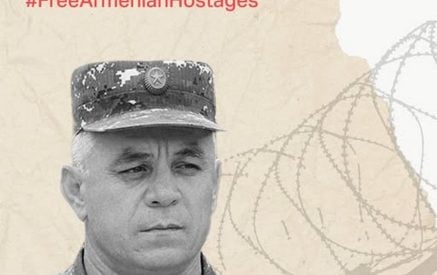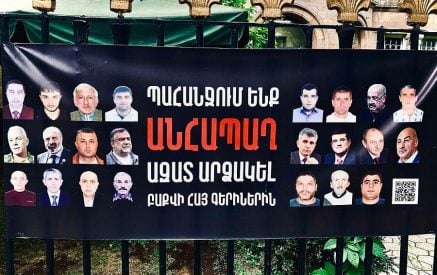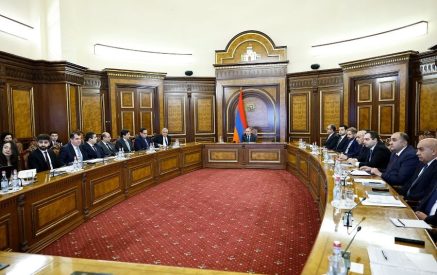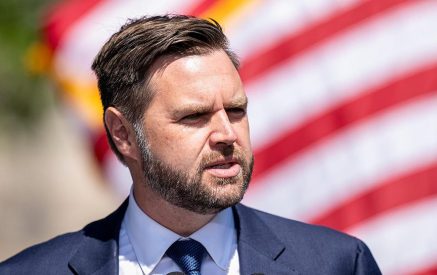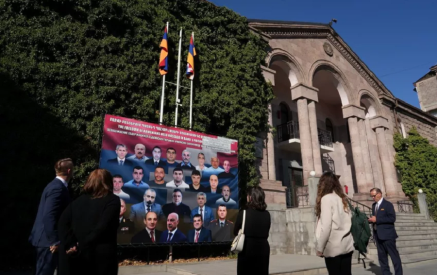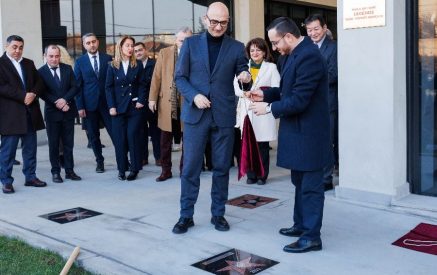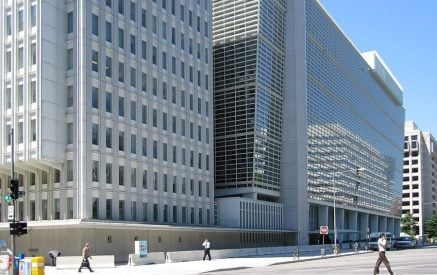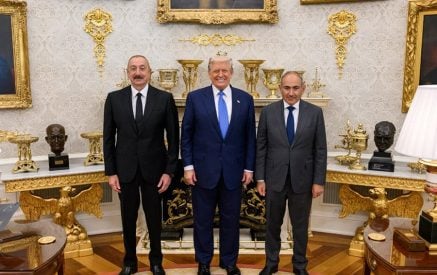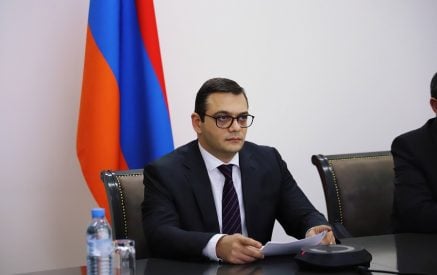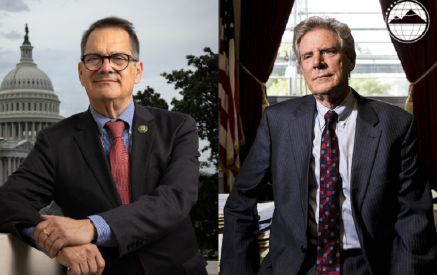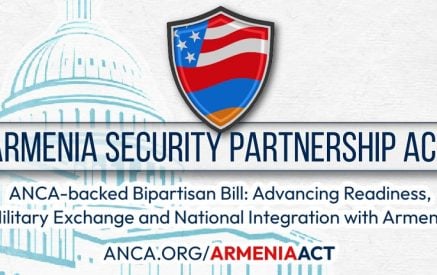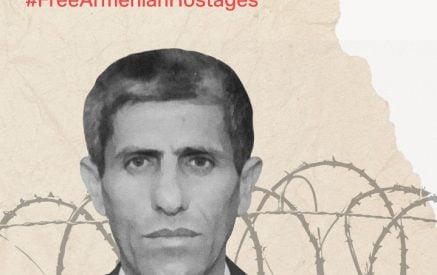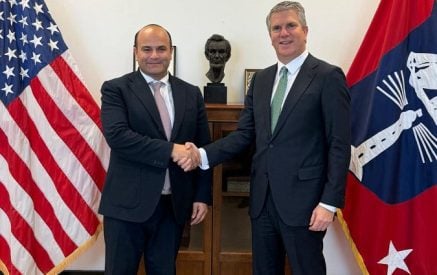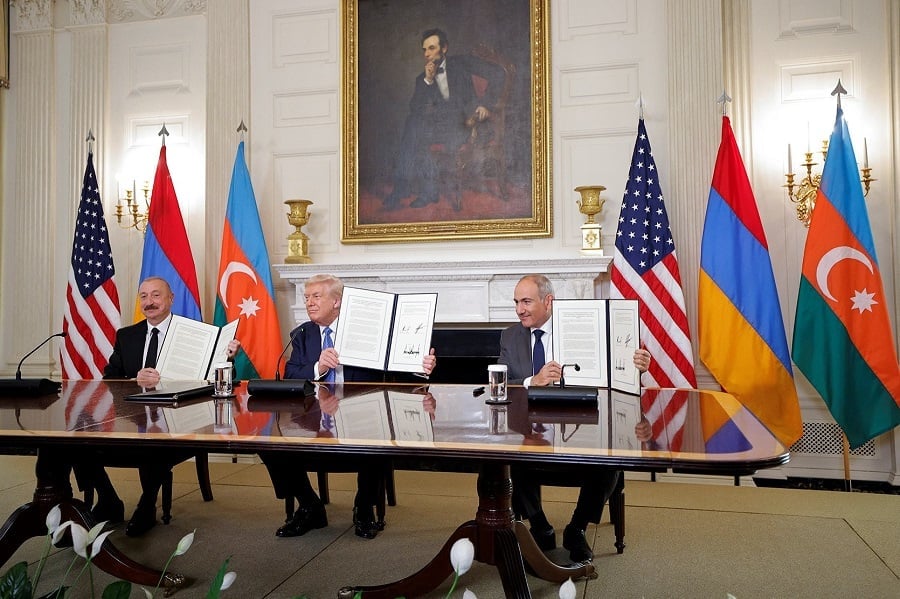Responsible Statecraft. White House ‘peace deal’ reflects Baku’s military triumph over Armenia rather than the balanced compromise sold to the public
The recent diplomatic flurry between Armenia and Azerbaijan, culminating in an unveiling at the White House of a much-touted draft peace agreement, has been hailed as a breakthrough for peace in the South Caucasus.
But beneath the celebratory rhetoric lies a far more complicated reality — one where triumphalist narratives mask unresolved tensions and where military dominance rather than genuine compromise continues to dictate terms.
A day before hosting Armenian Prime Minister Nikol Pashinyan and Azerbaijani President Ilham Aliyev for the August 8 summit, U.S. President Donald Trump announced on Truth Social that the leaders would convene for an “official Peace Signing Ceremony” Yet the actual event yielded only a “joint declaration” with seven points — just four of which substantively addressed the conflict, while the remainder offered generic platitudes about peace and effusive praise for Trump’s mediation.
Read also
The declaration’s first and most critical point revealed its provisional nature: the peace deal was merely initialed by foreign ministers, not signed by the heads of state. When the full text emerged days later, its substance proved strikingly familiar — a reheated version of the 1975 Helsinki Accords’ principles (border inviolability, sovereignty, and territorial integrity) combined with nods to the 1991 Almaty Declaration that dissolved the USSR and established the Commonwealth of Independent States, which both Armenia and Azerbaijan joined. This deliberate vagueness signals that formidable obstacles remain before a final treaty can be signed by the countries’ leaders.
The draft agreement’s emphasis on “non-interference in internal affairs” rings hollow against Azerbaijan’s uncompromising demand that Armenia must purge its constitution of all references to Nagorno-Karabakh — the disputed territory that sparked two devastating wars (1990s, 2020) and culminated in Azerbaijan’s military victory, the region’s forcible reintegration, and the ethnic cleansing of over 100,000 indigenous Armenians in 2023. By omitting this existential sticking point, the document exposes the chasm between diplomatic theater and on-the-ground realities.
The demand for constitutional reform is politically fraught for Pashinyan, who already faces a fierce backlash from Armenians over what many view as a humiliating capitulation to Baku’s demands. As a deeply polarizing figure — locked in conflict with both the influential Armenian diaspora and the Armenian Apostolic Church — Pashinyan must tread carefully ahead of the 2026 parliamentary elections. Pushing through constitutional amendments before then would risk further eroding his hold on power, especially since the changes would require ratification via a contentious referendum.
Yet Azerbaijan’s Aliyev, eager to cement his military victories, may not tolerate indefinite delays.
Other unresolved hurdles loom large. While mutual recognition of territorial integrity should theoretically protect enclaves on each other’s soil, Armenia is far more vulnerable in practice. Three Azerbaijani exclaves — Kerki, Yuhary Askipara, and Sofulu — occupy strategic positions along or near critical roads within Armenia, including the vital Yerevan-Tbilisi highway. Should Baku regain control, it could jeopardize Armenia’s land link with Georgia.
Land swaps might offer a solution, but Yerevan lacks equivalent leverage: unlike Azerbaijan, it holds no strategic Armenian enclaves in Azerbaijani territory to trade. This asymmetry gives Baku little incentive to relinquish its tactical advantages, ensuring it retains territorial leverage in addition to its military superiority against future hostilities.
This reveals the fundamental flaw in the so-called “peace deal” — it reflects Azerbaijan’s military triumph rather than a balanced compromise addressing both sides’ core interests. With its battlefield objectives achieved, Baku feels little need to make meaningful concessions.
Yet history cautions against mistaking military victory for enduring peace. Armenia’s own short-lived 1994 victory demonstrates how quickly fortunes can change. While Azerbaijan enjoys structural advantages — greater size, population, and natural resources — its current dominance isn’t guaranteed. Shifting regional alliances or internal dynamics could alter the equation. The real danger lies in how this agreement institutionalizes a victor’s peace, embedding unresolved grievances that may fuel future conflict rather than fostering genuine reconciliation.
These dynamics explain Aliyev’s maximalist position — he seeks to leverage Azerbaijan’s current dominance to eliminate any future possibility of what Baku terms “Armenian revanchism.” This strategy is made clear by the peace agreement’s broad clause (Article 8) mandating opposition to “separatism” in all its forms. That phrase serves dual purposes: it permanently extinguishes Armenia’s territorial claims to Karabakh while simultaneously denying the right of return to its Armenian population. The 2023 forced exodus thus represented not just a military solution, but the deliberate creation of irreversible facts on the ground.
Yet these local tensions unfold against an increasingly complex geopolitical situation, where great power rivalries threaten to exacerbate rather than resolve the region’s conflicts.
Washington’s mediation has undeniably weakened Russia’s regional standing, but, by so doing, the U.S. has inherited the same complex balancing act between Baku and Yerevan that bedeviled Moscow for decades. The U.S. has secured Armenian and Azerbaijani agreement for the TRIPP corridor (Trump Route for International Peace and Prosperity) — a U.S.-backed transit route linking Azerbaijan to Nakhchivan and Turkey through Armenia. Though billed as an economic lifeline and ostensibly subject to Armenian law, critical questions remain unanswered: who controls security? (Will U.S. or private contractors operate checkpoints?) What guarantees Armenia’s sovereignty? (Baku insists on unimpeded transit — a potential loophole for extraterritoriality).
The Kremlin’s muted reaction to this U.S.-brokered deal reflects strategic calculation rather than acceptance. This stems from Moscow’s desire to remain in Trump’s good graces. But more significantly, it demonstrates Russia’s recognition that by assuming leadership in the South Caucasus, Washington now owns both its potential rewards and risks.
It remains unclear how much Washington is truly willing to invest in stabilizing a region 6,000 miles away — and one of marginal strategic importance where regional powers like Russia, Turkey, and Iran have far more at stake.
Despite talk of withdrawal, Russia maintains deep economic and infrastructure links in Armenia and will likely seek to influence the country’s 2026 parliamentary elections to favor Moscow-friendly factions. The continued presence of Russian border guards along Armenia’s frontier with Iran presents another complicating factor — the U.S.-backed TRIPP corridor will need to accommodate this enduring reality.
Among regional actors, Iran has offered the most pointed criticism of TRIPP. While President Pezeshkian struck a conciliatory tone, he explicitly warned that the U.S. presence along Iran’s border would be “problematic.” The Supreme Leader’s foreign policy adviser, Ali Akbar Velayati, adopted a harder line, vowing opposition to the “Trump route” regardless of Russian involvement. Against the backdrop of possible renewed Israel-Iran conflict — the last round of which featured the U.S. bombing of Iranian nuclear facilities — Tehran will likely see any American encroachment so close to its border as a serious provocation. Iran could emerge as a major spoiler.
The South Caucasus has seen many “historic” agreements unravel. For this one to endure, it must move beyond symbolism and confront the unresolved issues that still divide Armenia and Azerbaijan. Without addressing core grievances — territorial disputes, constitutional demands, and the rights of displaced populations — this deal risks becoming another fleeting truce in a conflict that has defied resolution for decades.
True peace requires more than diplomatic theater; it demands difficult compromises that have so far been absent. Until then, the promise of stability remains a mirage.
Eldar Mamedov


